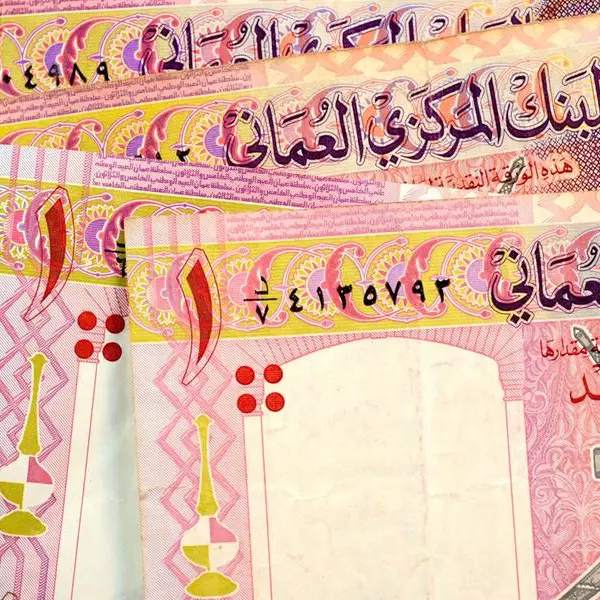PHOTO
LONDON - The euro dropped to its lowest level since mid-November on Friday after the European Central Bank signalled it could cut rates as soon as June even with a hot U.S. economy likely forcing the Federal Reserve to wait until later in the year.
Meanwhile, the Japanese yen fell to a new 34-year low as the dollar continued to charge higher, leaving investors vigilant for signs of intervention from Tokyo officials.
The euro dropped to $1.0674 in early European trading and was last down 0.47% just above that level. It was on track to have fallen 1.5% since Monday, its biggest weekly drop since mid-2023.
A hot U.S. inflation print on Wednesday caused investors to rapidly rein in their bets on Fed rate cuts this year, moving the estimated start date from June to September.
But on Thursday the ECB signalled it was still likely to start cutting rates in the summer, given that inflation has fallen more sharply in the single-currency bloc.
"The comments that we’ve had from ECB officials are that June is still on the cards and maybe more moves after that," said Jane Foley, head of FX strategy at lender Rabobank.
"They seem to be acknowledging that there will be a divergence from the Fed and I think that was reassurance for speculators this morning… hence the move in the euro."
The dollar index, which tracks the currency against six peers, was last up 0.38% at 105.67, a five-month high. It has jumped 1.3% this week, the biggest five-day gain since May 2023.
The difference in interest rate expectations has pushed the gap between U.S. bond yields and German euro zone benchmark yields to the highest since 2019, making U.S. bonds more attractive and boosting the dollar.
Britain's pound was trading around its lowest since December, another victim of dollar strength, down 0.34% at $1.2511.
ASIAN FX FEELS DOLLAR HEAT
A strong dollar kept yen under pressure, with the U.S. currency rising to its highest since mid-1990 on Friday at 153.39 yen before cooling slightly to 153.26.
Investors have been on the lookout for potential intervention as the yen has continued to slide.
Officials stirred speculation again on Friday, with Finance Minister Shunichi Suzuki saying: "If there are excessive moves, we will respond appropriately without ruling out any options."
The Japanese currency was set for a weekly decline of more than 1% and has slumped some 8% since the start of the year as Japanese interest rates have remained far lower than those in the U.S.
"They have to support the yen, it's in freefall," said Tony Sycamore, a market analyst at IG. "So there has to be some measures soon. The question is at what level and at what time do they decide to put some money down."
China's yuan was little changed after data which showed the country's March exports contracted sharply, while imports also unexpectedly shrank, both undershooting market forecasts by big margins.
The yuan has fallen to its lowest since November at around 7.238 to the dollar as the economy has struggled to regain momentum and U.S. growth has remained strong.
Elsewhere, the dollar also gained sharply against Sweden's crown after data showed Swedish inflation slowed more than expected in March, bolstering hopes that the central bank will soon be cutting interest rates.
The dollar was last up 0.57% at 10.785 crowns, close to a five-month high.
(Reporting by Harry Robertson; Additional reporting by Rae Wee in Singapore; Editing by Stephen Coates, Jamie Freed and Angus MacSwan)





















